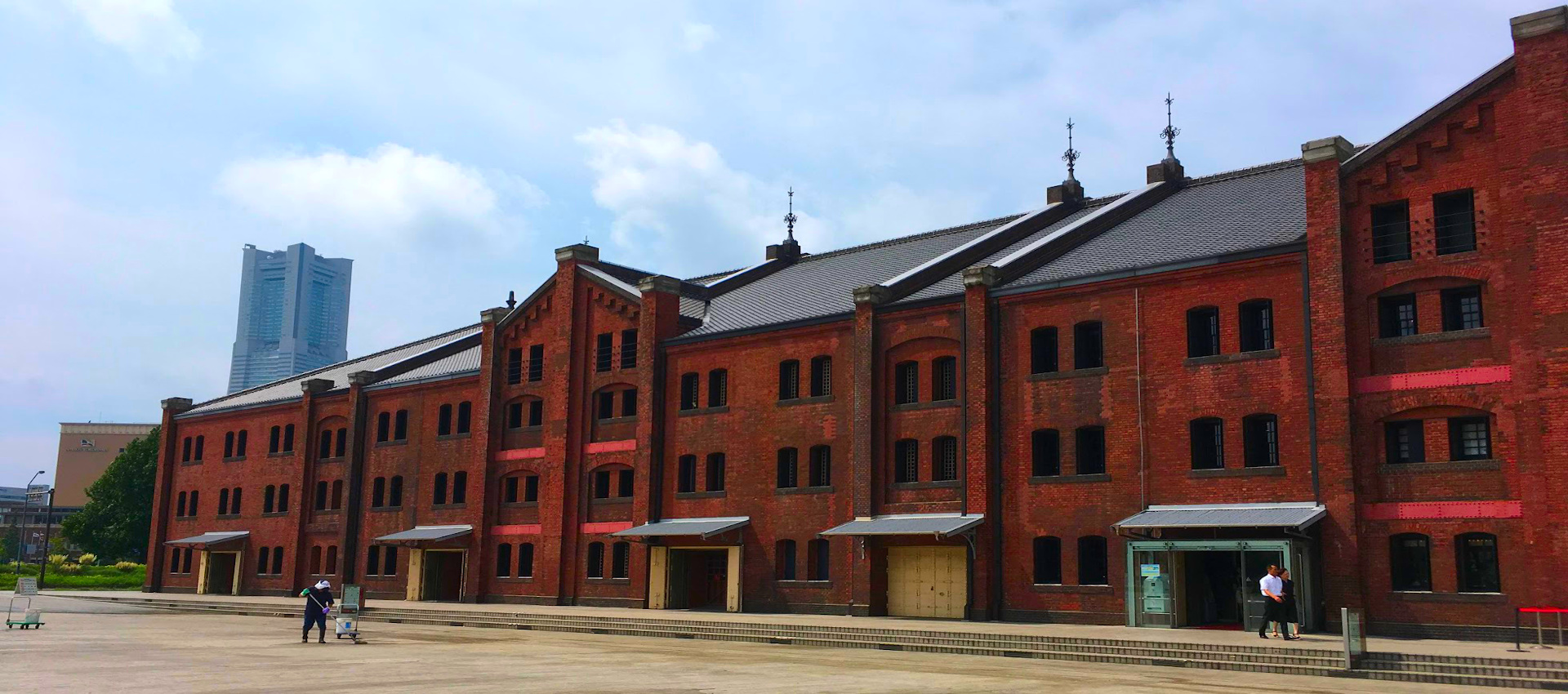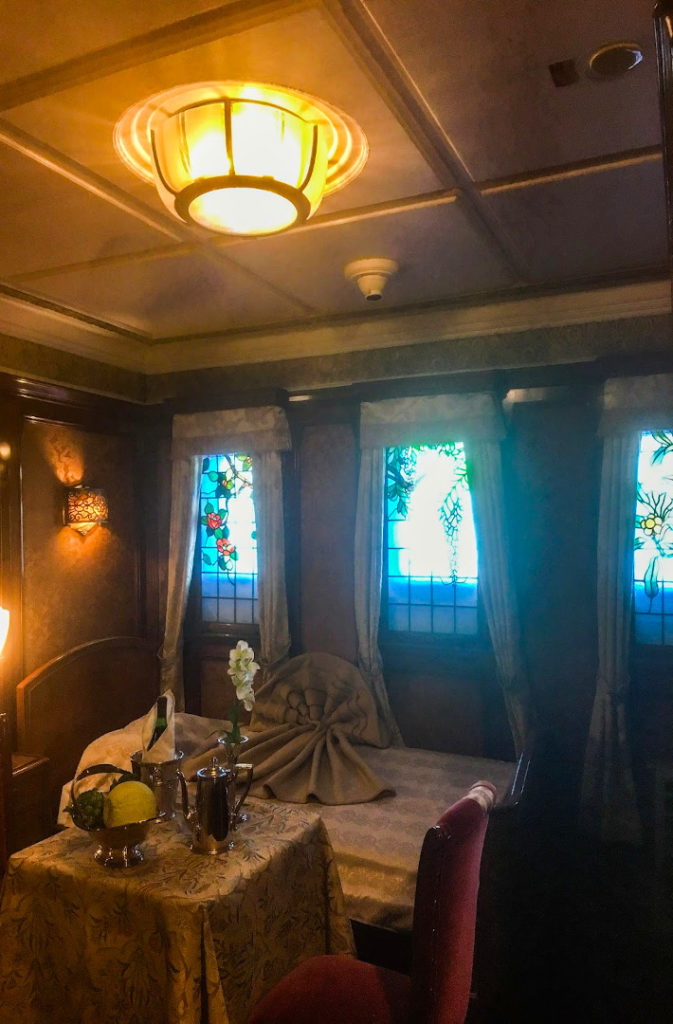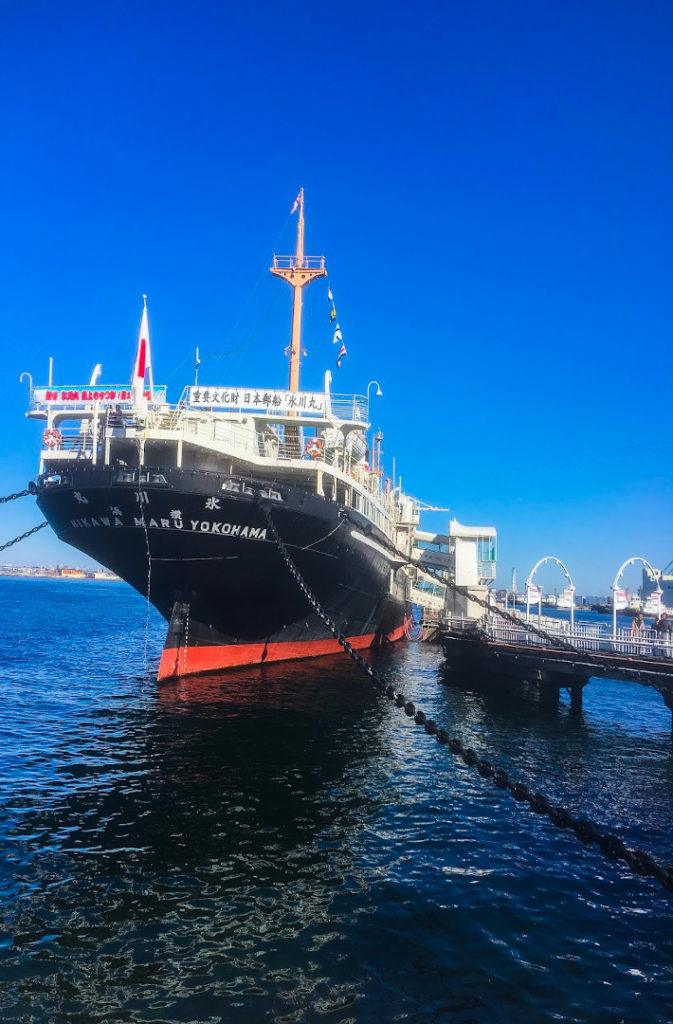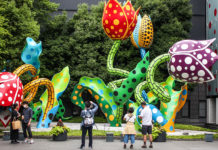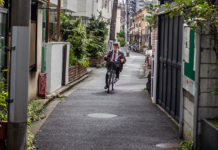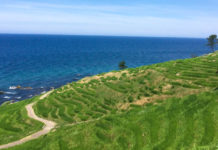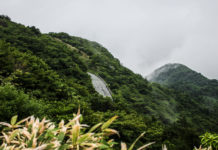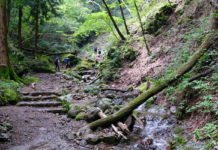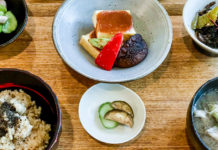After Japan opened to foreign trade in the middle of the 19th century, Yokohama became a major port for travelers from other countries. From sailors restocking their ships to wealthy travelers eager to see the long-shuttered shores, Yokohama was a point-of-contact between Japan and the rest of the world. The legacy of this period of history has left an impression on country as a whole. Nowhere, however, is it more evident than along the Yokohama waterfront. This Yokohama seashore tour takes visitors from the Pacifico Yokohama to the streets of Chinatown. Along the way, you’ll get a taste of Yokohama’s distinct history and culture. You can find a map of the tour here.
Beginning Your Yokohama Tour
Much of this Yokohama seashore tour takes place in the part of Yokohama known as Minatomirai. Accordingly, you should take the train to Minatomirai station and exit into the large interconnected mall complex. If you’re not in the mood for shopping, follow the signs in the direction of the Pacifico Yokohama. This large sail-shaped building is a hotel and convention hall and offers a great view of Yokohama.
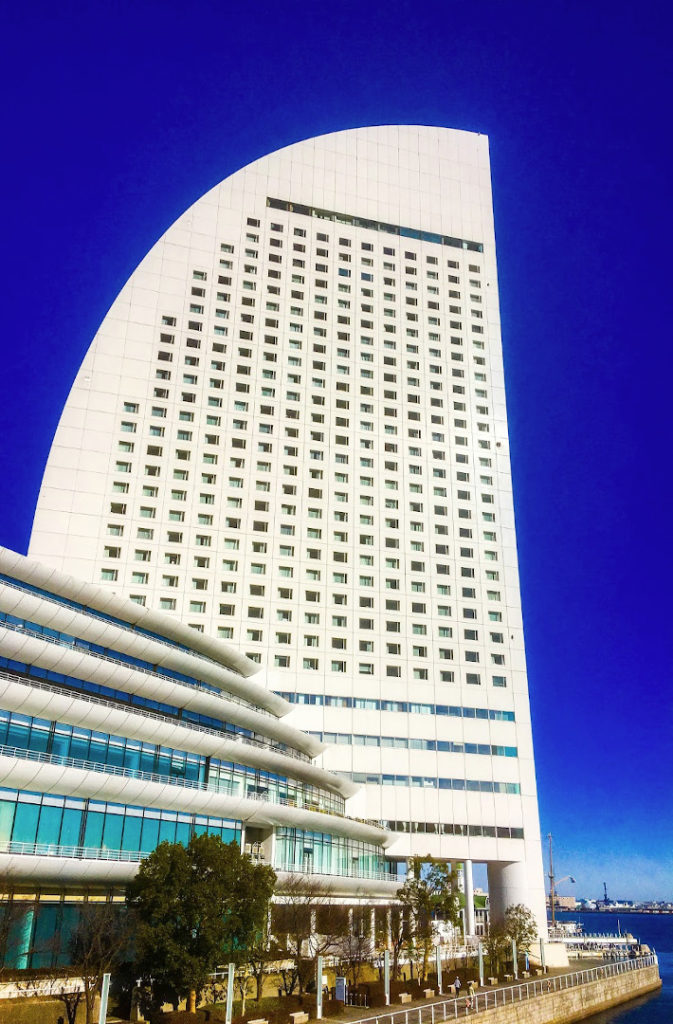
Pacifico Yokohama 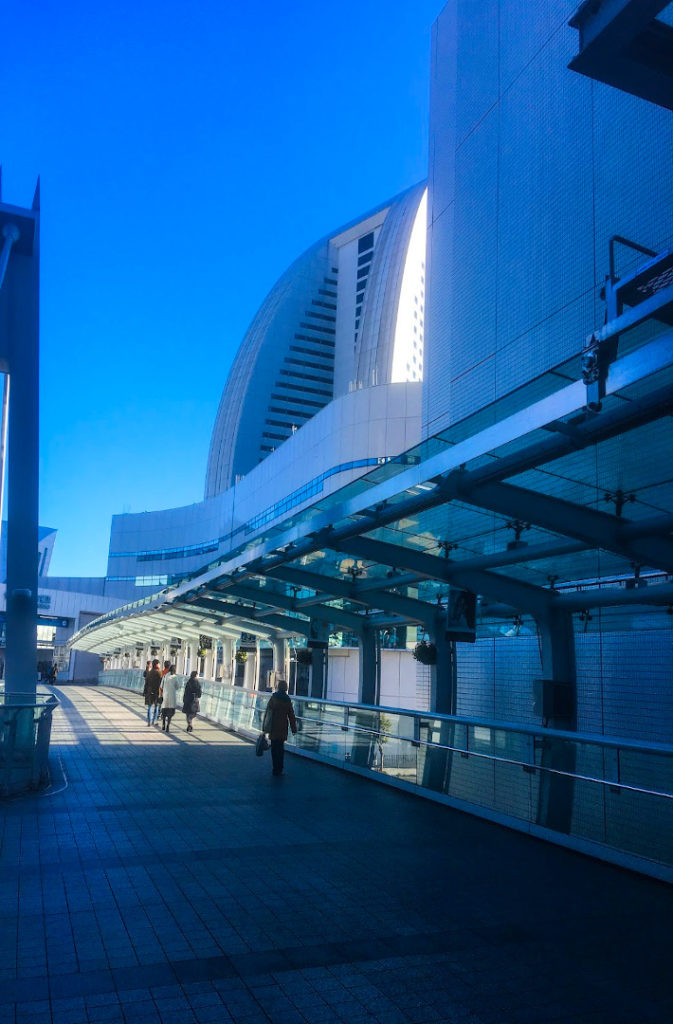
The Path to the Pacifico
Descending the stairs from the Pacifico, head south along the Kokusai Bridge. Here you’ll have a choice between two possible diversions. On the northeast side of the street is the Yokohama Cup Noodle Museum. Celebrating the widely available instant ramen, the museum offers an exhaustive history of the product. For a little extra money, you can design a custom cup noodle for yourself. You’ll even select your own ingredients and design the packaging.
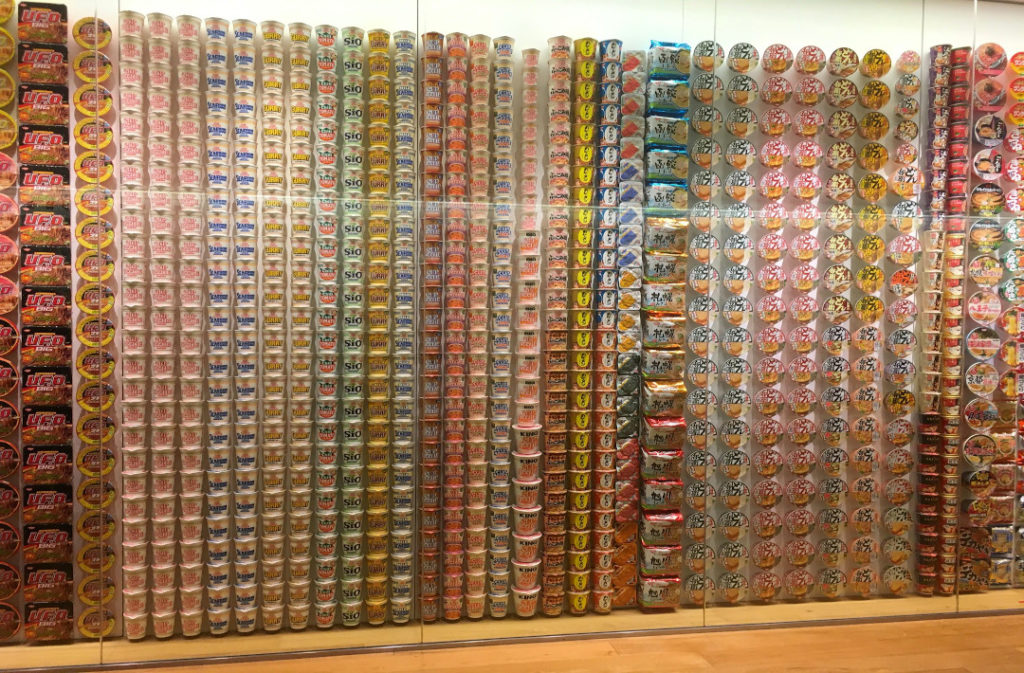
If you prefer thrills to food, Yokohama Cosmoworld sits opposite the museum. This small amusement park offers a number of rides and games. There’s no entrance fee, so feel free to step inside and go on one or two rides. The star attraction is the Cosmo Clock Ferris wheel that rises up into the sky for a better view. After grabbing some thrills, continue your Yokohama walking tour south until you see a couple of small red structures. These are the Red Brick Warehouse buildings and are the perfect place to grab some food or simply catch your breath.
Red Brick Warehouse to the Hikawa Maru
The Red Brick Warehouse, officially known as the Newport Pier Tax Keeping Warehouse, is a complex of two buildings that once served as customs facilities. This was one of the primary entrances into the country in the 19th century. Today, however, the buildings is full of restaurants and boutiques. If you visit in the wintertime, the Red Brick Warehouse hosts a German style Christmas market complete with schnitzel, Santa, and a skating rink.
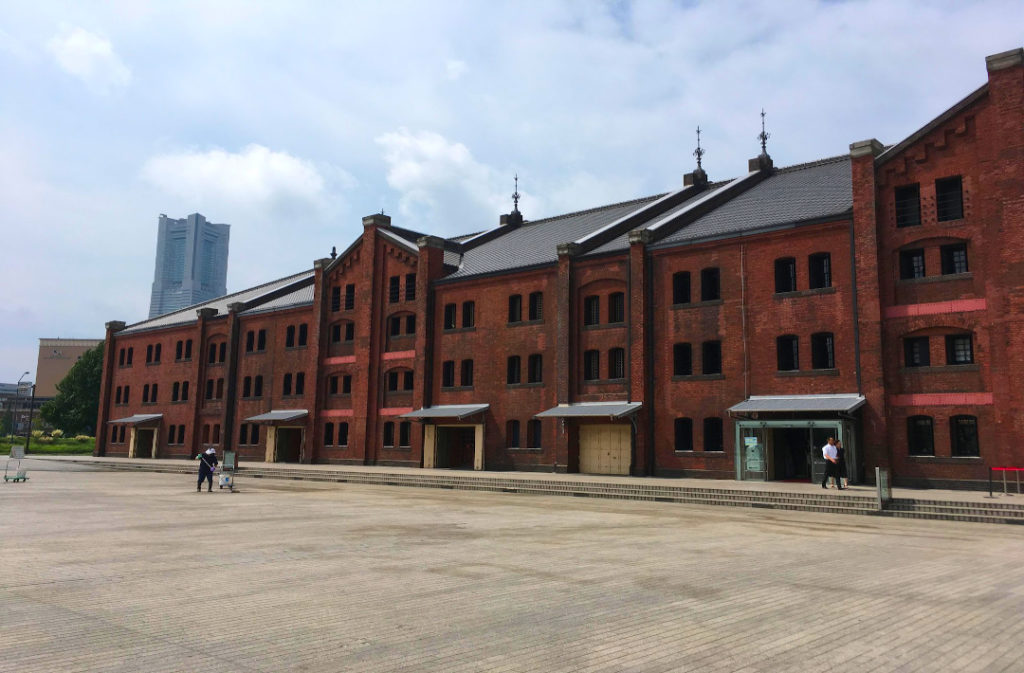
As you trace the contours of the harbor on your Yokohama tour, you’ll come to a wooden island. This is Osanbashi Pier, and it’s one of the primary ports for cruise ships entering and departing the country. There are a few small displays and occasional performances and exhibitions inside the port. The main attraction here, however is the view from outside. At the far end of the pier, you can look back and get a completely unhampered view of your Yokohama seashore tour thus far. It’s also a great spot to watch ships coming and going from the shores of the city.
Hikawa Maru to Chinatown
A little further down the shore, you’ll come across a well-manicured park, and at its tip is the Hikawa Maru. This ocean liner has a history that extends back to the turn of the 20th century when it was a luxury cruise ship that carried the likes of Charlie Chaplin and the imperial prince between North America and Japan. During World War II, the ship operated as a medical vessel and avoided sinking as many other ships of that era did. Today the ship is permanently docked in Yokohama and serves as a museum. Visitors can walk the decks of the ship and get a taste for the sea life without having to risk motion sickness.
After leaving the ship, it’s time to leave the shore behind and walk southeast into the city. After a short five to ten-minute walk, you’ll come to the gates of Yokohama’s Chinatown. This is the largest Chinatown in Japan and one of the largest in the world. The area was formed by Chinese traders after the opening of the ports in 1859 and has since gone on to become a major sightseeing destination. If you’re feeling hungry from your tour of Yokohama’s shoreline, there are hundreds of ways to sate your appetite. When you finish in Chinatown, jump on a train from Motomachi Chukugai station.
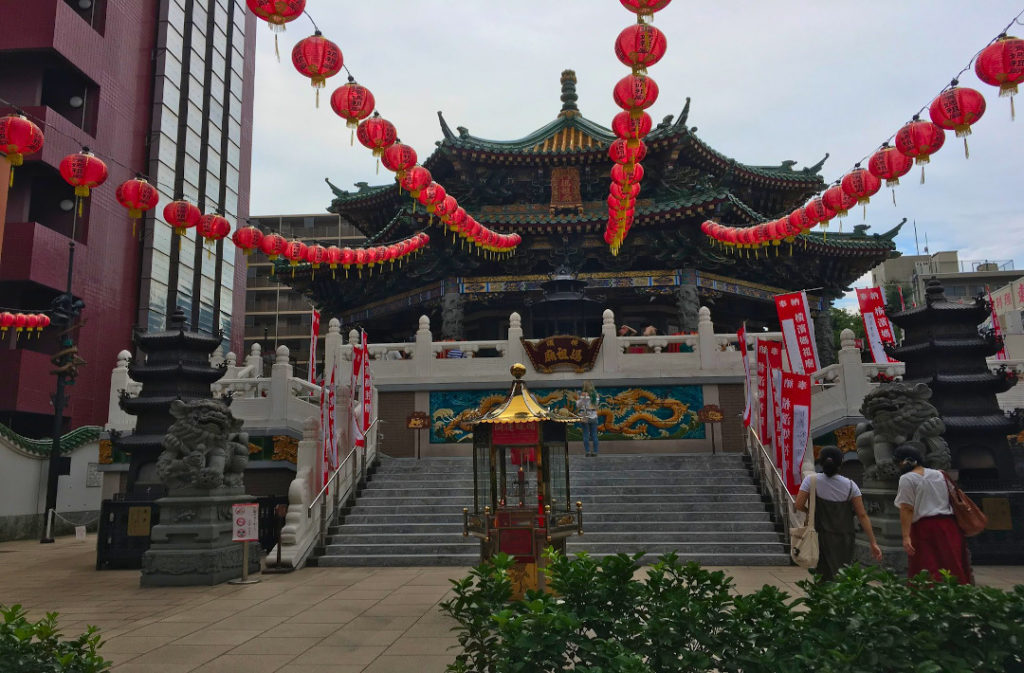
Finishing Your Yokohama Tour
Yokohama’s diverse landscape was formed by the movement of countless people, vessels, and goods over several decades. Today, with many of Japan’s ports given over to international trade, the significance of Yokohama can seem a bit diminished in comparison. It still, however, serves as a place of meeting and exchange for countless visitors and residents. A short walk along the shore is enough to see the result of these interactions.
Post by Japan Journeys.



